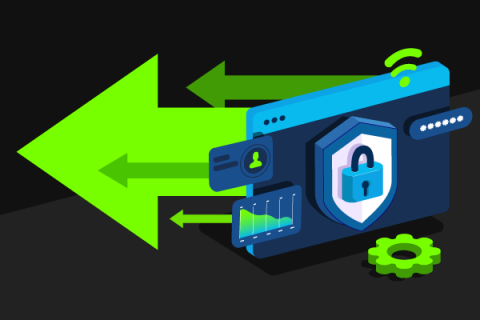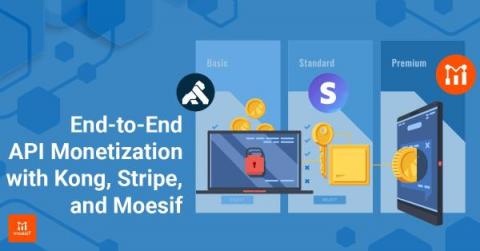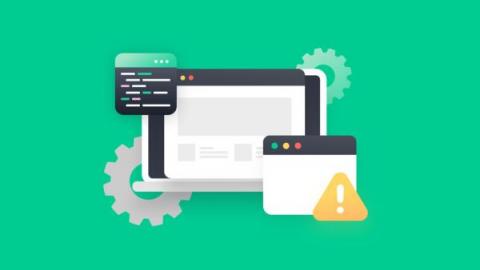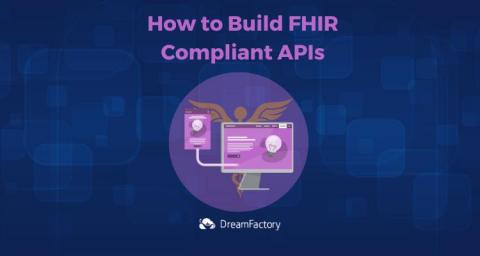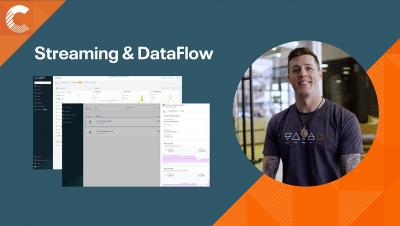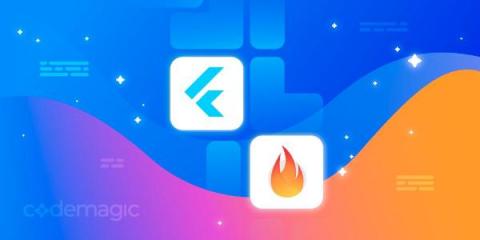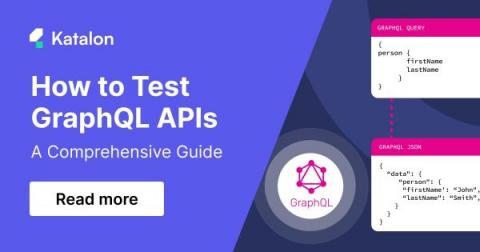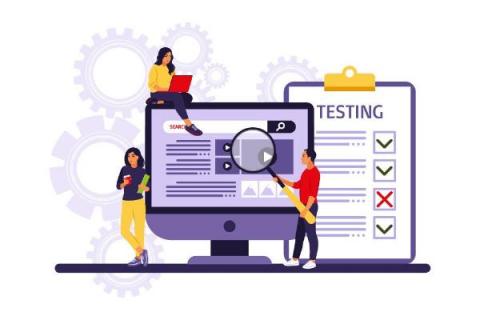Systems | Development | Analytics | API | Testing
%term
End-to-end Monetization with Kong, Stripe, and Moesif
Many API developers and companies struggle to find ways to easily set up systems to monetize their APIs. Some are simple but not customizable while others are complex and require massive engineering effort to actually get it all running. To make things easier, Moesif created the Billing Meters feature which allows for massive customization with a minimal amount of code and engineering effort.
Why Automation Testing is Essential for Effective Quality Assurance
Automation testing has been gaining popularity as a reliable, scalable, and cost-effective alternative to manual testing – and rightfully so. With the right testing tools, QA teams can scale their testing processes quickly. In this article, we’ll talk more about how it works and how to get started with a tool like Ghost Inspector.
The Ultimate Solution for Building FHIR-Compliant APIs
Talend on Talend: Building data literacy
Ingest your data with Cloudera Streaming & DataFlow
Track your cloud costs with BigQuery for easy analysis
Export your billing data to BigQuery to keep track of your cloud costs
Flaming Stacks: Using stacked sprites in Flame
Welcome to the latest edition of #FlutterFunFriday. This is the another instalment in a new series of posts where we’ll be spending some time to have a bit of fun with Flutter on a Friday. So grab a beverage of your choice, fire up your favourite IDE and lets have some fun!
What is GraphQL Testing? How To Test GraphQL APIs?
Adopting GraphQL and implementing GraphQL testing have become critical in the API-first landscape. The skyrocketing demand for modern software has put the importance of maintainable, functional, and scalable code on top. To enable independent evolution and decouple the front end from the backend, manual and automated API testing needs to take place for SOAP and REST architecture styles.
What is Interface Testing with Types, Examples, and Tools
An application is a collection of several components functioning together to meet user requirements. APIs, servers, web services, databases, and more are intertwined under one roof to build software that does what you want it to do. For instance, your favorite e-commerce store has UI elements, cart and Wishlist functionality, secure payment option, rewards, login, and many more systems running together to improve your shopping experience. These separate modules communicate through an interface.


